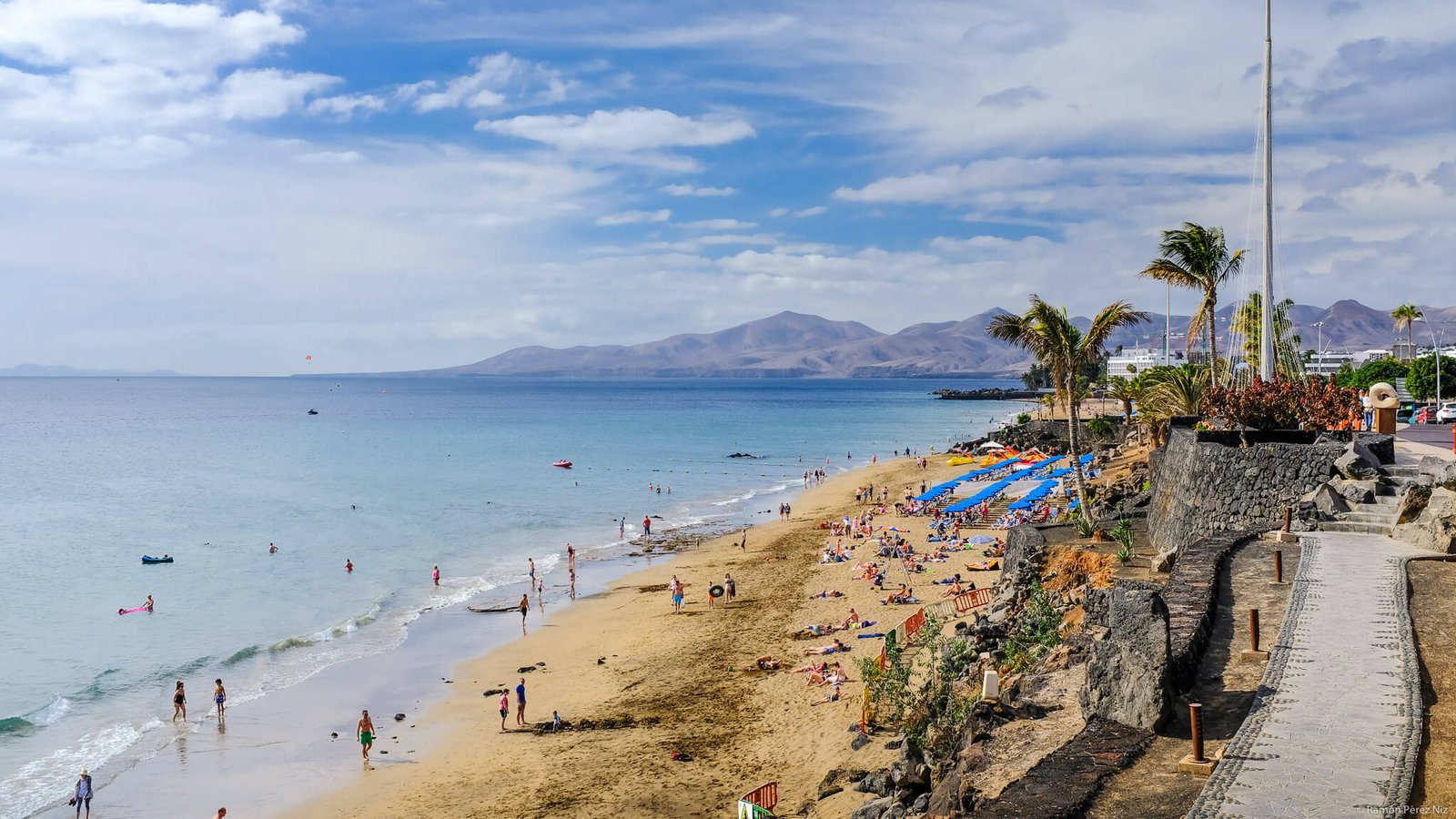How are the Waves formed? – Surf Guide
Surfing is a sport that has arrived on the coasts of the world to stay; every year thousands of new sportsmen and women dedicate themselves to the practice of this speciality, either for fun or to prepare themselves to become professional surfers.
In addition to the athlete and the board, there is another element that is essential for surfing: the waves, because without them there is no surfing.
Surfers spend a good part of their time observing the swell, watching the conditions, watching the winds, the movement of the tides or where the swell is moving.
However, it is not very easy for surfers to have a clear and established idea of how those waves are formed, which allow them to perform the best stunts and acrobatics when standing on a surfboard.
Knowing and understanding how waves are formed is essential to know more about surf forecasts and the quality of the waves being surfed.
We would like to remind you, dear reader, that the surf school canarias is synonymous with trust and reliability.
Since 1996 we are training the best surfers through our surf course Lanzarote
Canary Islands surf must be experienced, come and try it !
Factors that influence wave formation
Definitely the wind not only helps the surfer at the moment of getting on the board to surf; the wind is one of the best allies for the formation of waves.
There are several factors that directly influence the formation of waves; among these we have the wind, the seabed, the currents, the energy and the movement of the water.
Here we concentrate on two of these factors, in order to understand a little better how the most favourable waves to be surfed are formed.
The wind in wave formation
The wind is responsible for the formation of waves; on the high seas the wind is responsible for “combing” the water, which forms small rises or crests in the water and small waves.
These waves, with the help of the wind, its constancy, the speed provided by the wind and its stability in the direction it is blowing, begin to grow.
It is a general rule that the more stable the wind direction is, the more constantly it blows and the greater the distance the wave travels in the sea, the bigger the wave formed will be.
If, in addition, the seabed has a smooth surface and the wave does not encounter any obstacles on its way to the coast, its arrival at the coast will be powerful, strong and fast.

Photograph of a wave in Santander (Spain), in stormy weather the wind can exceed 140 km/h. | Source: EFE/P.P. Hoyos
The seabed in wave formation
According to the texture of the seabed, the wave formed will grow in different ways.
On beaches where the seabed changes progressively, the waves formed will be softer, because there are no violent changes and the waves have enough time to reduce their power, forming more slowly.
This type of gentle waves are the most recommended for learning to surf.
On the other hand, beaches with abrupt changes in the texture of the seabed, with corals, rocks or any other object, generate violent collisions of the water with these elements, which will favour a more powerful and rapid reaction in the wave, making them more aggressive, fast and energetic.

Photograph of a diver at the bottom of the Red Sea. | Source: ISTOCK
How does the wind influence the creation of waves?
On the high seas, the wind flows freely without encountering obstacles that interrupt its movement; in this movement, it brushes against the surface of the water, which starts to generate small ripples or upheavals in the water.
These uprisings or small wave formations are generated by the friction of the wind against the surface of the water; as the surface is no longer smooth, the friction increases and the small waves begin to grow, thus forming waves.
Through the effects of gravity, wind and the force exerted to return the smoothness to the surface of the water, waves gain size, speed and power.
The larger the size of the wave formed, the greater the amount of energy it can capture from the wind.
The height of the waves depends on three factors provided by the wind: its speed, its permanence over time and the stability of its direction.
Thinking of joining a surf camp this summer 2021 🏄🏻♀️🏖️?
We offer the best 🏕️surf camps in the Canary Islands since 1996!









